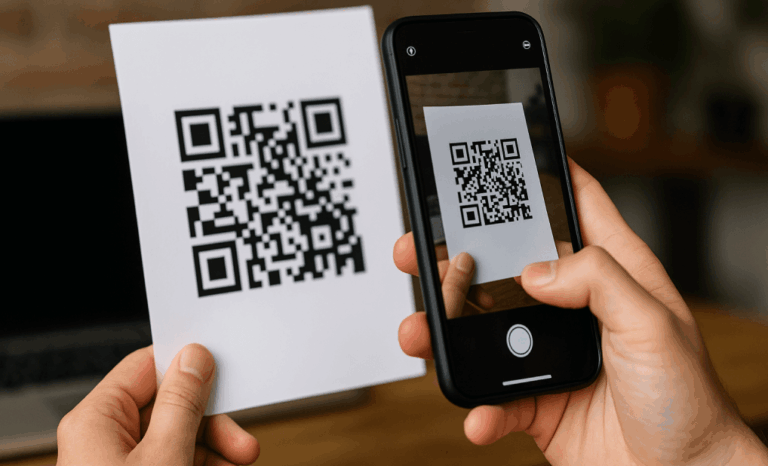In today’s hybrid world of physical and digital interactions, QR codes have become a familiar gateway. From restaurant menus to bill payments and marketing campaigns, scanning a QR code is almost second nature. But just like email links and pop-up ads before them, QR codes are not immune to misuse. The growing convenience they offer is now being exploited by bad actors—leading to an emerging cybersecurity concern: the QR code malware risk.
How QR codes work and how attackers exploit them
A QR code, short for “quick response code,” is essentially a two-dimensional barcode made up of black squares arranged on a white background. Originally developed by Symbol Technologies for tracking automotive parts, QR codes now serve countless purposes—from directing users to websites to storing login credentials, payment information, and more.
The magic of QR codes lies in their ability to encode complex data in a compact, scannable form. When users scan a QR code using a QR scanner or QR reader application, the encoded data is decoded and typically used to redirect users to a website or app. This is where malicious QR codes can silently reroute people to phishing sites, malicious URLs, or malicious websites that attempt to install spyware or steal sensitive information.
In short, QR codes are just a tool—neutral by design but dangerous in the wrong hands.
Understanding the anatomy of malicious QR codes
Not all QR codes are created equal. A legitimate QR code created by a reputable QR code generator leads to safe destinations like a product page, business card, or menu. But a malicious code can be crafted to look identical while embedding a link to a phishing website or triggering an unauthorized download of malicious software.
Some of the common threats associated with malicious QR codes include:
- Phishing attacks: Fake websites that look like login pages to steal money, passwords, or financial data.
- Malware delivery: QR codes can lead to apps or files that install viruses on a mobile device or personal device.
- Credential theft: Login forms presented after scanning a QR code may record usernames and passwords.
These scams are especially dangerous because users often assume QR codes are safe simply because they’re printed on product packaging, public posters, or digital ads.
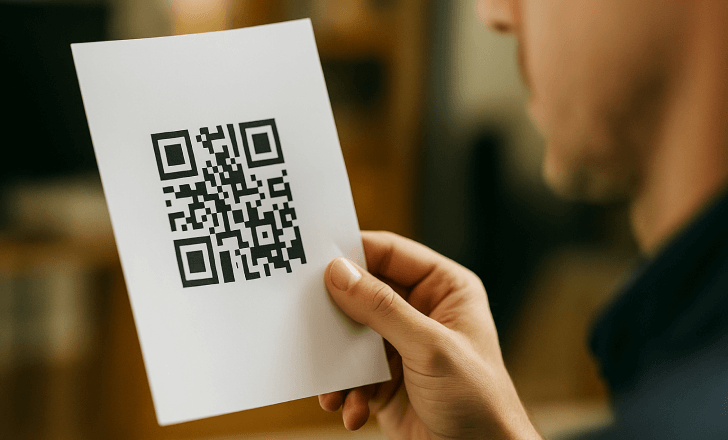
Why the QR code malware risk is growing
The increase in QR code usage across marketing, payments, and supply chains has opened up new surfaces for attack. The United States Postal Service, for instance, recently warned of scammers sending physical letters with QR codes that lead to credential-stealing websites disguised as tracking pages.
The problem is compounded by the fact that QR codes are inherently opaque. Unlike a plain URL you can hover over, a QR code reveals nothing until you scan it—and by then, the risk may already be in play.
Meanwhile, QR technology continues to evolve. New formats like dynamic QR codes (which allow the destination to be updated after printing) and support for multiple QR codes in a single campaign are powerful tools for businesses—but they also add complexity, which can be abused if not carefully monitored.
The difference between static and dynamic QR codes
To grasp the malware risk, it’s important to understand the two main types of QR codes:
Static QR codes are hardcoded: once generated, the data can’t be changed. They’re simple and reliable for small, fixed-use cases. But if the linked content is compromised or outdated, there’s no way to fix it without reprinting.
Dynamic QR codes are editable: you can change the destination URL even after the code is deployed. This flexibility is ideal for marketing campaigns, product recalls, or real-time updates—but it also makes them more attractive to attackers seeking to redirect users without changing the physical code itself.
Platforms like QRCodeKIT address this risk by enabling users to carefully verify and track the behavior of each dynamic code through built-in analytics, offering a secure way to manage QR interactions at scale.
What makes a QR code vulnerable?
Several factors can increase the chances of a QR code being hijacked or used maliciously. These include:
- Unverified sources: Scanning a QR code from an unknown or suspicious origin.
- Lack of HTTPS: Codes that lead to non-secure websites are easier to compromise.
- Publicly editable platforms: Free generators that allow public link overrides or reuse of expired codes.
- Obsolete apps: Older QR scanner apps may not warn users about suspicious URLs.
- No preview functionality: Some QR reader applications don’t show the full URL before opening it, hiding potential red flags.
It’s worth noting that some advanced QR code features—like structured append mode, numeric mode, or extended channel interpretation—are technical specifications aimed at improving data density and language support (like kanji mode, shift jis character set, or alphanumeric mode). While these modes don’t directly pose a threat, poorly implemented decoders can be exploited.
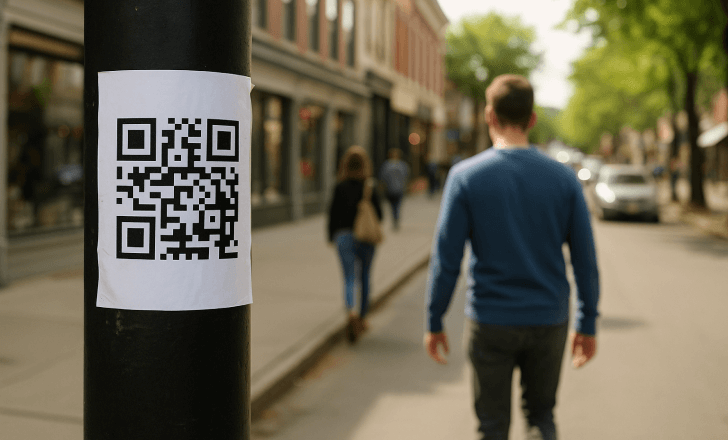
Protecting yourself when scanning QR codes
Security starts with behavior. Here’s how to minimize the risk when using or scanning QR codes:
- Only scan QR codes from trusted sources, such as verified businesses or branded packaging.
- Double-check the link that appears after scanning—ensure it looks legitimate, especially if it requests login credentials or payment information.
- Use a secure QR reader application that displays the full URL before opening it.
- Keep your operating system and mobile security software up to date to detect and block malicious software.
- Avoid scanning codes that appear tampered with, such as stickers placed over printed codes.
- If creating codes yourself, always use a reputable QR code generator like QRCodeKIT.
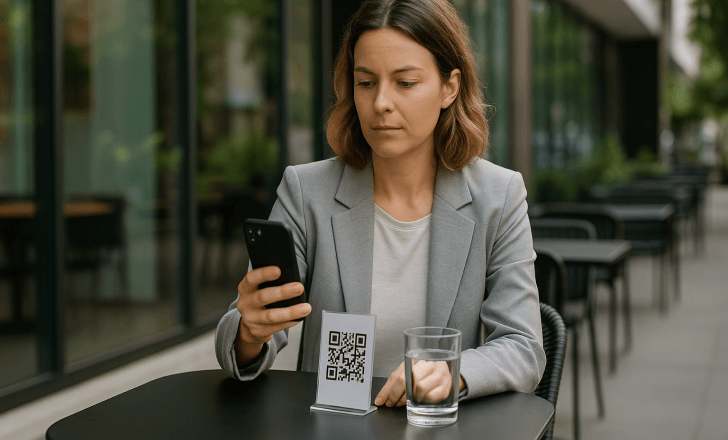
How QRCodeKIT reduces QR code malware risk
At QRCodeKIT, we believe in making QR codes work not just beautifully, but securely. That means taking every step to ensure that the codes you generate cannot be exploited or redirected by unauthorized users.
All dynamic QR codes created with our platform are protected by user-controlled access, and their destination URLs can be monitored and updated securely. Whether you’re creating artistic codes for marketing purposes, campaign tracking for a software company, or product links in your supply chain, QRCodeKIT gives you full control and oversight.
We also support advanced features like encryption type selection, dynamic routing logic, and deep analytics—so you’re never flying blind when your users scan.
A growing threat across industries
No sector is immune. Whether you’re working in finance, logistics, retail, or education, the QR code malware risk is now part of the landscape.
In the physical and digital realms, codes printed on flyers, posters, menus, or labels can be swapped or tampered with. In the digital space, fake QR codes circulated via email or messaging apps can do as much damage as a bad link.
Even Apple iPad and Google Play users are vulnerable if the scanned code initiates a download or permissions request disguised as a legitimate action.
QR codes have also been used in phishing scams to simulate services like password recovery, document delivery, or shipping updates. These rely on users’ trust and habit—people tend to scan QR codes quickly without reading the context carefully.
Can QR codes be made 100% secure?
Like any technology, QR codes can’t offer perfect safety—but that doesn’t mean they’re inherently risky. When managed responsibly, they’re a versatile tool that connects the digital realms with real-world interactions.
The key is vigilance and control. Whether you’re working with a standard QR code, Aztec code, or another 2D format, ensuring its integrity is non-negotiable.
Businesses can take extra steps by branding their codes, setting expiration rules, using analytics to track suspicious scans, and avoiding open access to sensitive redirection tools. For consumers, the most important step is this: pause and preview. Don’t just scan and tap.
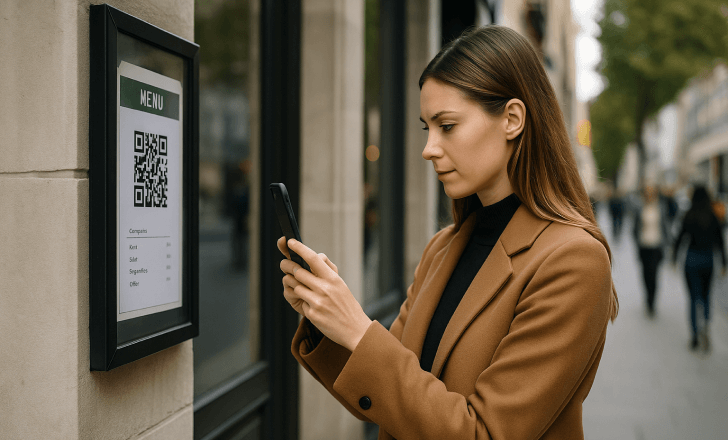
Are multiple QR codes safer or riskier?
In some campaigns, brands deploy multiple QR codes on a single page or product to segment traffic, test variations, or localize content. This tactic can be powerful—but if not clearly labeled or structured, it may confuse users and increase the chance of scanning a malicious QR code by mistake.
Using uppercase letters, clear icons, or QR frames with visual cues can help—but these alone are not a replacement for secure links and safe platforms.
Final thoughts: QR codes aren’t the problem, neglect is
QR codes are not inherently dangerous. In fact, they’re one of the most efficient ways to bridge offline and online worlds. But like any piece of connective technology, they require intentional use, good hygiene, and trustworthy infrastructure.
The QR code malware risk doesn’t mean we should stop using them—it means we need to use them smarter. At QRCodeKIT, we’re here to help you create QR codes that not only perform, but protect.
By combining creative freedom with enterprise-grade security, we give you the tools to turn every scan into a safe, seamless experience—for you and your users.
